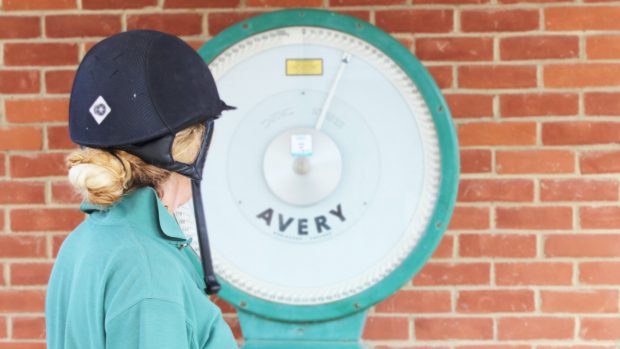The range of practitioners available to help keep equine athletes in tip-top condition is staggering. But who should you turn to first and how can you check their credentials?
Here we find out what to expect and what to look out for when using equine osteopaths.
What do they do?
Like physiotherapists and chiropractors, manual osteopaths use a combination of techniques to address problems in the musculoskeletal system. From an osteopathic perspective, however, these problems stem not just from the spine but from issues found within the bones, joints, muscles and related nerves, blood or lymph transport.
When might you need one?
Anecdotal evidence and clinical experience suggest that the manipulation used by osteopaths is a helpful addition to the treatment of some musculoskeletal-related disorders in horses, such as joint pain or restricted motion.
Problems treated in the horse by osteopaths extend from joint disorders to digestive issues.
Note that, compared with chiropractic and physiotherapy, human osteopathy has very little research supporting it so far.
Qualification check
“Osteopath” is a protected title and registration and can only be used by members of the General Osteopathic Council.
A three-year undergraduate course is usually followed by a further post-graduate course to specialise in animals. However, osteopaths can specialise in animals and register with the Society of Osteopaths in Animal Practice straight away, without having undergone any animal or equine-specific training.
To find out about other equine practitioners, including physiotherapists and chiropractors, see 1 November issue of H&H
Read more about back problems
Read more about joint problems



